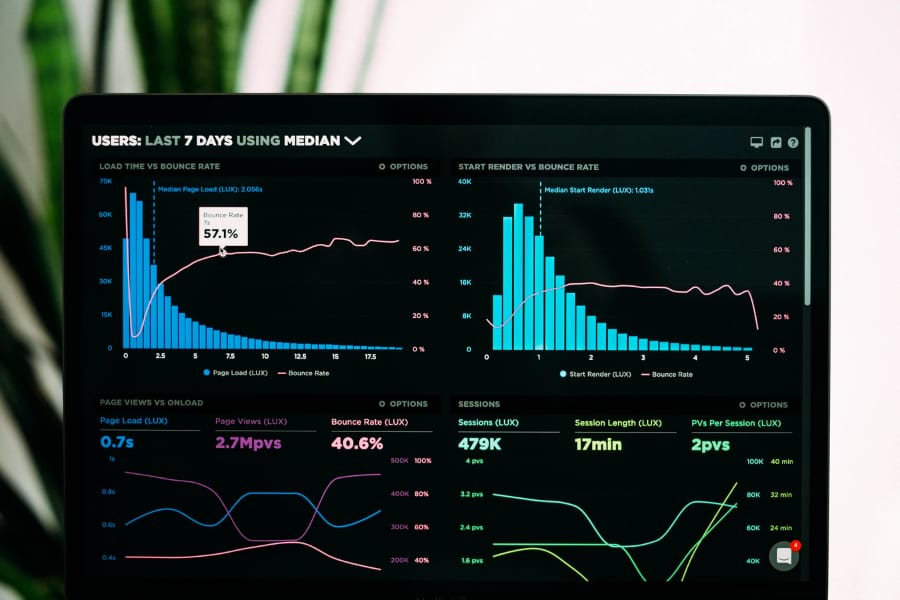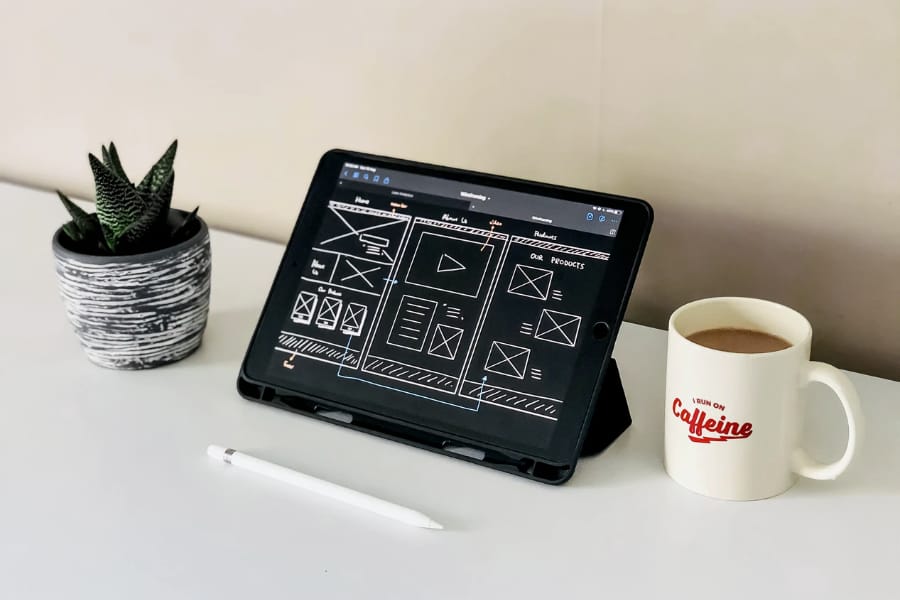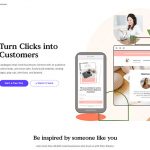No products in the cart.
The Difference Between B2B and B2C Website Design
When talking about website design, it is important to know the target demographics for the website that will be designed.
Business websites, for example, is divided into two major categories: Business to Customers, or B2C, and Business to Business, or B2B. Every demographic is unique, and their unique traits will influence how you design the website, not to mention how you communicate your unique selling proposition of your business.
Before delving down to the difference between B2C and B2B website design, let’s talk about the similarities first. Generally, a business website should be designed clearly and concisely, containing all the information about the products or services you sell.
The design should also be aesthetically pleasing and easy to navigate. However, because the needs of a single customer are drastically different from the needs of a business, the similarities end there. In this article, we will explore how you can design for customers as well as businesses.
The Differences

Purchase Model
The first striking difference in business vs consumers’ needs is the purchase model. In a Business-to-Customer website, the website is deliberately designed to make the purchase process as smooth as possible.
Generally, customers don’t like filling long forms to complete their purchase – all they want to do is to click “Buy” and fill as little required information as possible. Thus, they are less likely to buy if your customer-centered website requires registration before buying, except if you give incentives (for example, free shipping vouchers or cashback vouchers) for customers if they register.
A Business-to-business website, however, operates differently than a business-to-customer website. In B2B websites, users are expected to complete various forms and give as much data as possible because generally, the procurement process of a business is a lengthy process.
In some companies, the purchase might even need approval from HR, owner, or director before it can be done. Expect that there will be a personal interaction in some form somewhere in the purchase process before it is finalized.
Pricing Model
The next difference is the pricing model. Unlike the consistent and clear pricing model of business-to-consumer sites, where the price seen on the page is the price every buyer will pay with the exception of coupon code holders, the business-to-business pricing scheme is flexible.
The price a company should pay for an exact service/item might be different from other companies buying the same kind of service/item. Business-to-business website owners should account for the fact that different industries have different budgets, and adapt to it.
Visitor Type
Lastly, business-to-consumer sites operate with the assumption that the visitor is the decision-maker in the buying process. There is no stopping their action to buy or leave your site. However, a visitor coming to your business-to-business site might be ordered so by their boss or supervisor, and they can’t execute the buying process because they have no authority over purchases.
Usually, businesses have a procurement person in it that will approve or reject purchases. And even if the request for an item/service is approved, the final purchase process might not be as instant as the business-to-consumer purchasing process.
So, with all of those technical differences in mind, how do they influence the design process?
Simple.
For a business-to-consumer website, you should focus on maturing your content strategy. The site will need catchy and compelling headlines; ones that resonate with the target market and motivate them to buy from you. Aside from the content, you should also focus on your design, ensuring that the design is unique and there is no usability problem. Special attention should also be put to buying flow.
Ensure that there is a minimal amount of step a buyer should need to pay for their stuff and that no errors are present in the flow.
In B2B website design, however, should focus on improving information density and presenting it cleanly. A user visiting a business-to-business website is most likely looking at the product/service information before deciding to buy/lease them.
CTA (call to action) is also needed to be prominent in a business-to-business website, and not just one type. Consider writing your contact information in various parts of the website, as well as a live chat with a dedicated support agent.
The content strategy for your business-to-business website is also different from a business-to-consumer website. For a business-to-business website, you should mainly focus on explaining your product/service benefits as much as possible, such as by writing whitepapers, FAQ entries, testimonials, blog posts, and product demos.
If your budget allows, you can also create multimedia content for your business-to-business websites, such as explainer videos, interactive demo, or a podcast with experts in the field of your business.
Final Words
To sum up, the difference between business-to-consumer and business-to-business websites is quite striking, and you should embrace the difference to make your website easy to use.
Identifying the difference between the two of them allows you to focus on the strategy you need to kickstart the website’s growth, and in turn, the company’s growth.


